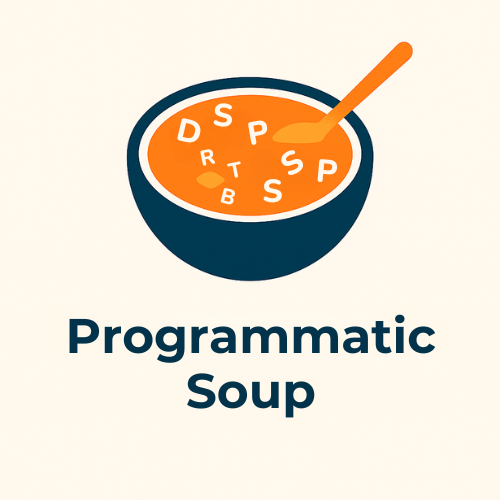“Unboxed” is a series aimed to simplify some of common terms in the advertising industry. In this article, we give an introduction to programmatic.
Ask 10 random people in the advertising industry across different markets what is programmatic and I’m pretty confident you won’t get a consistent answer. Below are some answers you might get:
- Programmatic is a channel similar to Search and Social.
- Programmatic is the buying and selling digital ads in real-time.
- Programmatic is all about reaching the right people at the right time in the right context.
- Programmatic uses algorithm to buy media online.
- Programmatic involves the use of DSP and SSP to buy media.
Are these incorrect? Probably not. We believe each of these interpretation depends on the respective market’s or organisation’s maturity in digital advertising.
What is Programmatic?
Programmatic is a how, not a what. It is not a channel nor a technology – it is the automation of ad buying; as simple and complex as that.
Programmatic Evolution
While the concept of automation is simple, it was and is still complex to realise. Having said that, the technology has come a long way since it first started. Let us take a look at how far Programmatic has come along.

Pre-Programmatic (1994-1999)
Back in those days, Programmatic wasn’t even a word. Very few publishers offer online ads. When they do, online media buying was pretty manual. Advertisers/Agencies and publishers negotiate on rates and duration for the ad placement.
As more publishers offer online ads over time, managing conversation across multiple publishers became time consuming. Hence the birth of ad networks whose sole purpose was to be that single point of contact for advertisers/agencies for their media buying.
Programmatic 1.0 (2000-2015)
With multiple ad networks popping up, navigating the landscape became a lot more complex than it should; especially for publishers where they now have multiple paths to sell their inventory. It’s worth noting that majority of media buying happened in bulk – i.e. RON/ROS in today’s world.
Technology caught up to make advertising more effective with the introduction of Real-Time Bidding (RTB) which sets the foundation for Demand Side Platforms (DSPs) and (Supply Side Platforms) to operate and allowed individual impression buying.
Programmatic 2.0 (2016 – 2020)
The industry starts to mature and technology evolved. Given the efficiencies of selling inventory, publishers wanted to do more than just sell “remnant inventory” at scale; likewise for buyers.
DSPs and SSPs start to support buying and selling of “priority inventory” (typically on a guaranteed basis) and “custom formats” (the likes of Native, Audio, TV) that were traditionally executed on a direct basis outside these platforms. Private Marketplaces (PMPs) became a thing and got wide adoption during this period.
Programmatic 3.0 (Beyond 2020)
The future looks promising as technology and its application gets adopted within other advertising mediums such as Radio, Out of Home, TV, Email and many more. As a result the possibilities are endless with the combination of such mediums in a single platform.
Programmatic will no longer be Display and/or Video. It’s going to be everything and anything that’s connected.
Really…what is Programmatic?
If Programmatic is simply automation, then Programmatic advertising is a way of buying ads in an efficient and effective manner.
Where does Programmatic fit in my digital media strategy/plan?
The typical digital channel classification with Search, Social and Programmatic is starting to make less sense these days. Take TikTok which can be executed programmatically, would that be a Programmatic or Social buy in the overall digital media strategy/plan? It could be either.
Based on the definition of Programmatic, I would say Search and Social are a subset of Programmatic since they both leverage automation to make buying ads efficient and effective within the respective environment.
Personally I would recommend formulating the overall digital media strategy, planning and buying by formats which makes it more intuitive; as follows:
- Display ads (ads that are distinct from content in view)
- MREC/MPU (300×250)
- Leaderboard (728×90)
- Billboard (970×250)
- Rich media (fancier attention grabbing display ads)
- Native ads (ads that appear similar to content in view)
- Text ads (SMS, push notifications etc.)
- Search ads (ads within a search engine)
- Email ads
- Recommendation widget ads
- Social ad formats (the likes of Facebook, Twitter, LinkedIn etc.)
- Video ads (ads that delivers a message through watching a video)
- In-Stream
- Out-Stream (outside a standard video player)
- TV
- Audio ads (ads that delivers a message through listening without visuals)
- Music Streaming
- Radio
- Podcasts
There you go! Hopefully this article helped enable you to better understanding what Programmatic is.
If you do have some thoughts and feedback on this – especially how it’s interpreted by you, your organisation or your client – do share them in the comment section below.
